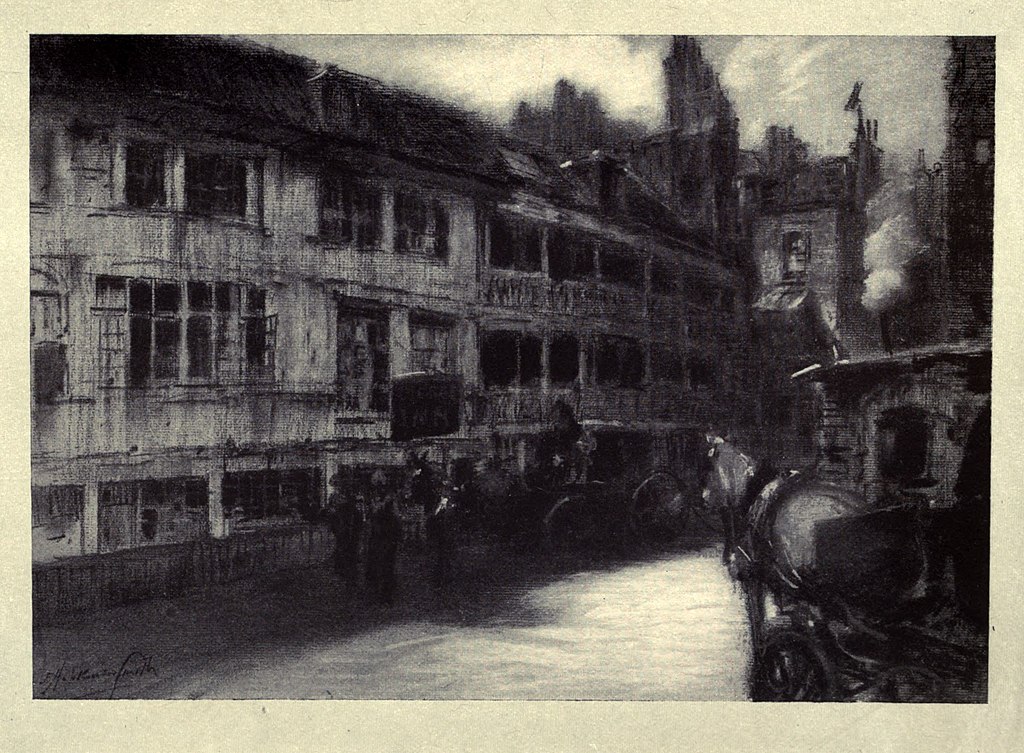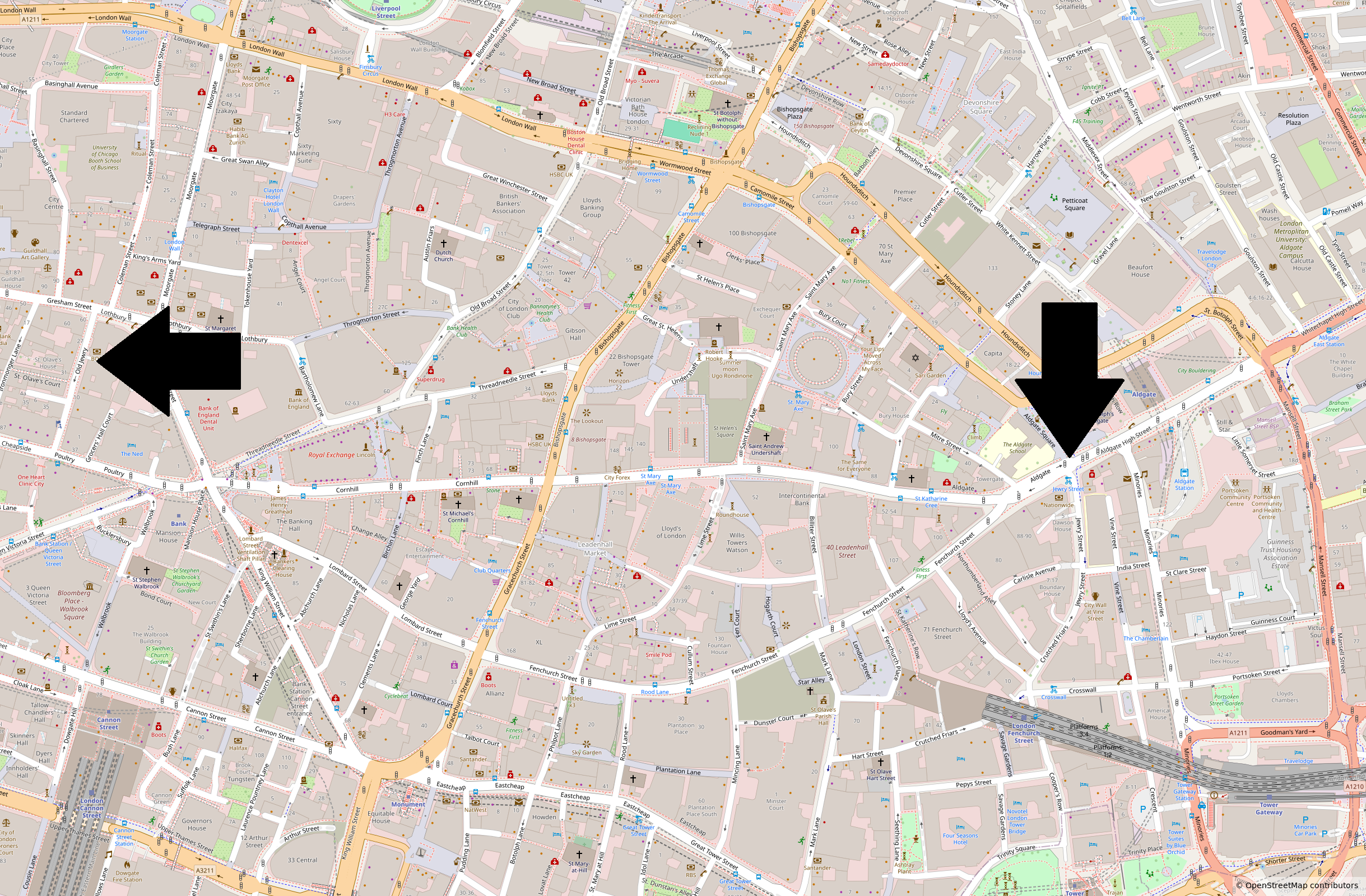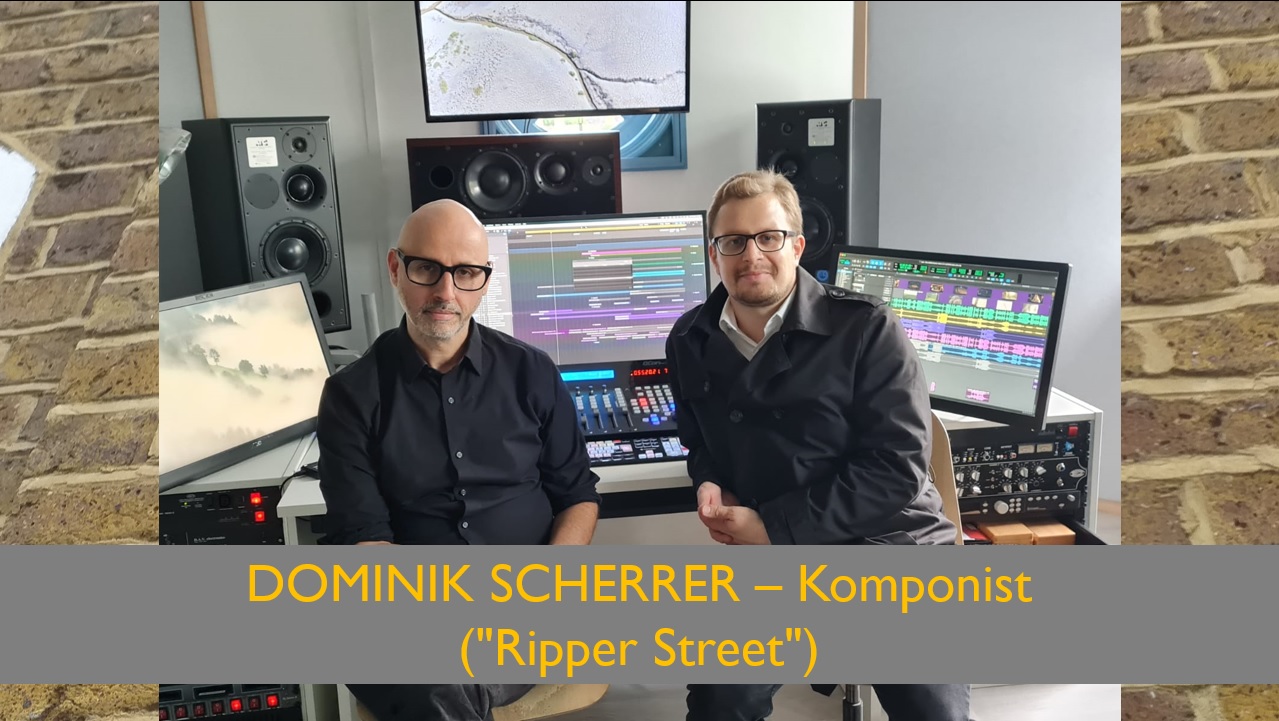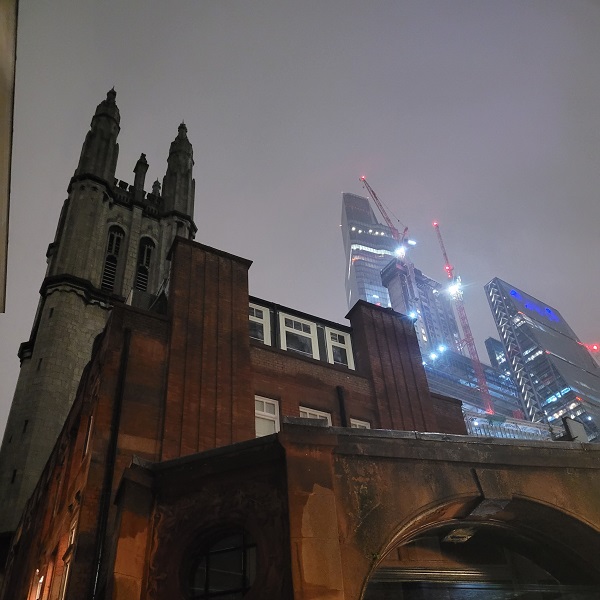Every year on February 7th, literature lovers celebrate the birthday of Charles Dickens, one of the most influential writers in English history. His vivid depictions of 19th-century London brought the city to life on the page, from its bustling coaching inns to its shadowy alleys. To mark the occasion, this post explores three locations in London that retain a Dickensian atmosphere, offering a glimpse into the world that inspired his timeless novels.
1. The George Inn
Hidden along Borough High Street, The George Inn stands as London’s last surviving galleried coaching inn, built in 1677. Though Charles Dickens only briefly mentions it in Little Dorrit—”if he [Tip Dorrit] goes into the George and writes a letter”—the inn itself is a true time capsule. Stepping into its courtyard transports visitors to a bygone era, where one can imagine weary travelers and inn-workers from long ago gazing down from the single remaining gallery as stagecoaches rattled in. The echoes of whinnying horses, stable-hands’ curses, and the banter of coachmen seem to linger in the air.
Inside, the inn retains its historic charm, and on the wall in the middle bar, Dickens’s own life insurance policy is proudly displayed. Borough High Street, once a major gateway into London, was lined with coaching inns, some of which have left behind cobblestone courtyards and timeworn granite blocks that protected gateposts from the wear of turning coaches. A journalist as well as a novelist, Dickens frequented many London pubs, including The George, where a tale of “Mr Dickens’s chair” endures—though, as with many such stories, a pinch of skepticism is advised.
This historic inn also fits seamlessly into The Pickwick Papers, Dickens’s first novel:
“In the Borough especially, there still remain some half-dozen old inns, which have preserved their external features unchanged, and which have escaped alike the rage for public improvement and the encroachments of private speculation. Great, rambling queer old places they are, with galleries, and passages, and staircases, wide enough and antiquated enough to furnish materials for a hundred ghost stories.”

2. Nancy’s Steps
Before entering the arches of London Bridge, take a moment to notice the steps to your left. A plaque marks these as “Nancy’s Steps,” where the tragic character from Oliver Twist meets Mr. Brownlow and Rose Maylie—an encounter secretly overheard by Noah Claypole, who later betrays her to Bill Sikes. While the plaque suggests this is where Nancy was murdered, Dickens actually sets her death in a room in Bethnal Green, in the East End of London. Nevertheless, these steps remain an evocative literary landmark, tied to one of Dickens’s most memorable characters.


3. The Old Curiosity Shop
Tucked away on Portsmouth Street, a small, timber-framed building proclaims itself to be The Old Curiosity Shop. However, despite its name, this is not the shop Dickens described in his 1841 novel. At the book’s conclusion, Dickens explicitly states that the original building had been demolished years before. The name, in fact, is a product of clever marketing: in the late 19th century, Charles Tesseyman’s brother ran a bric-a-brac business from the premises and saw an opportunity, emblazoning the building with “Immortalized by Charles Dickens.” The claim remained even after his brother’s death in 1877, and when an American journalist later visited, he took it as fact, cementing the shop’s place in Dickensian lore.
While not truly the site of Nell Trent’s tragic story, The Old Curiosity Shop remains a charming relic of old London, with its slanted beams and creaking floorboards hinting at a Dickensian world that continues to captivate visitors today.

Cover picture: Page 4–illus/photo from scan of book “In Dickens’s London” (1914) , written and illustrated by F. Hopkinson Smith. [Caption: George Inn—It was over this balcony that the maid asked Sam Weller for No. 10’s boots, and received the historic answer, “Vill he have ’em now or vait till he gits ’em?”] / Date: 1914 / Author: Francis Hopkinson Smith (all charcoal drawings) / Public domain / Source: Wikimedia Commons




